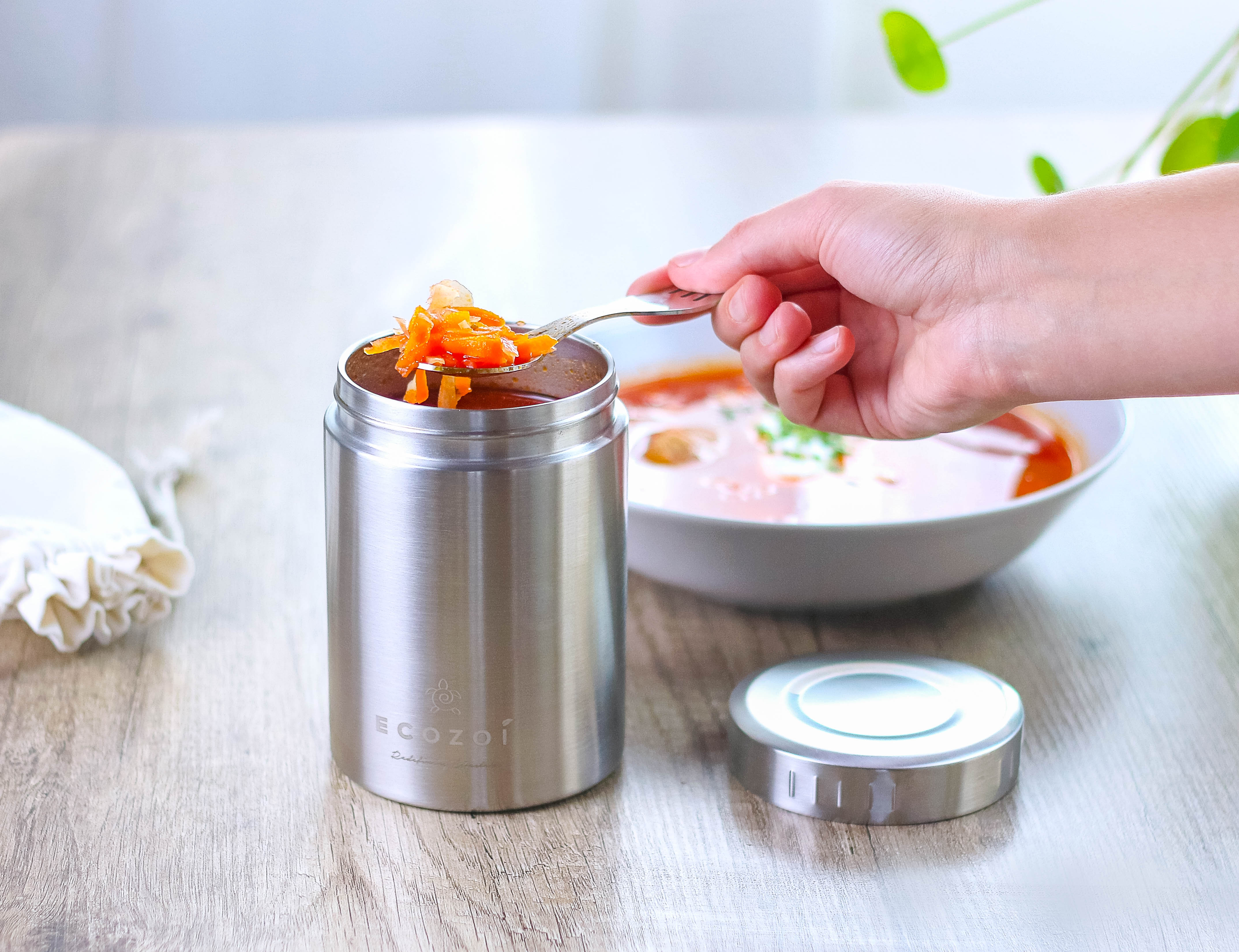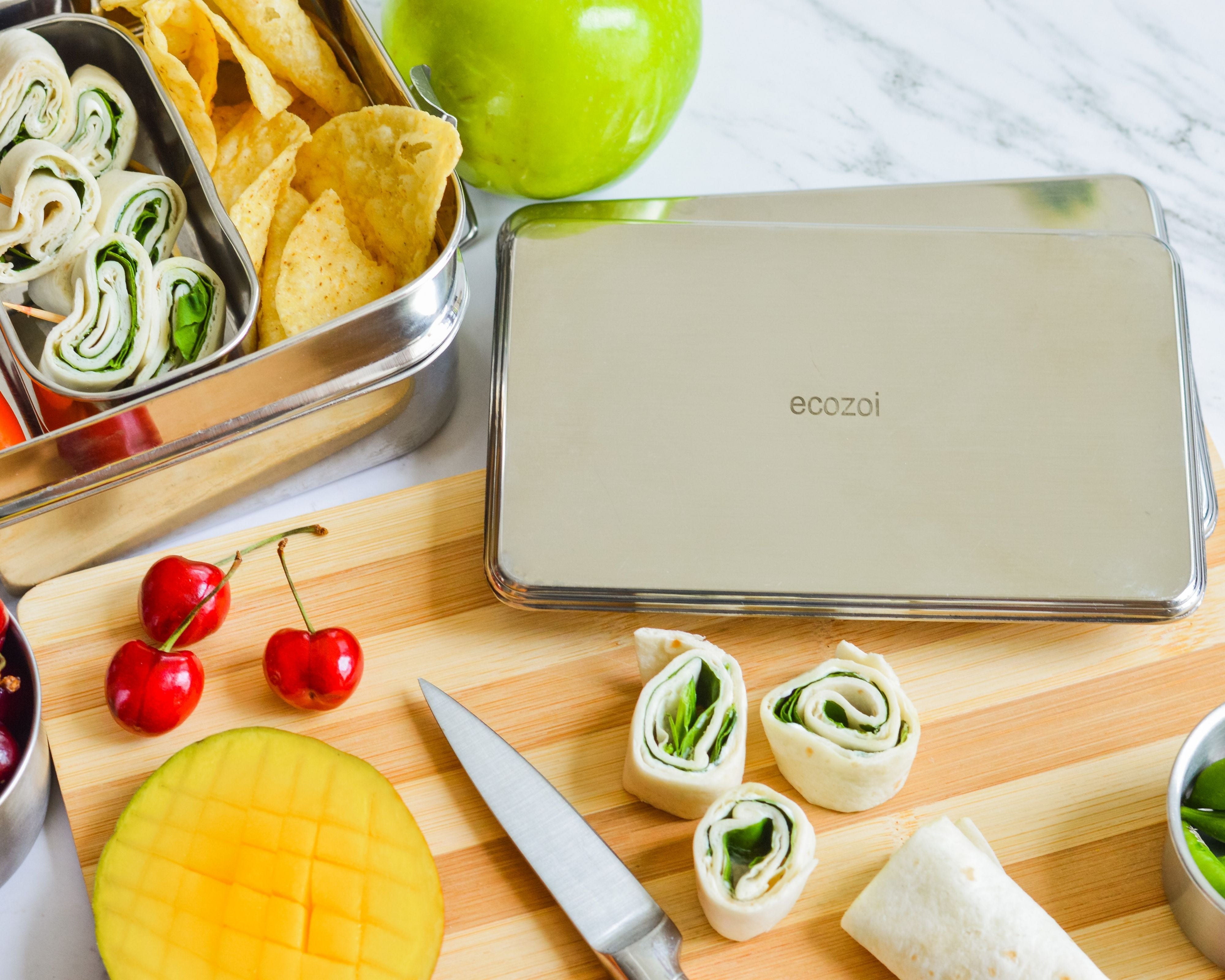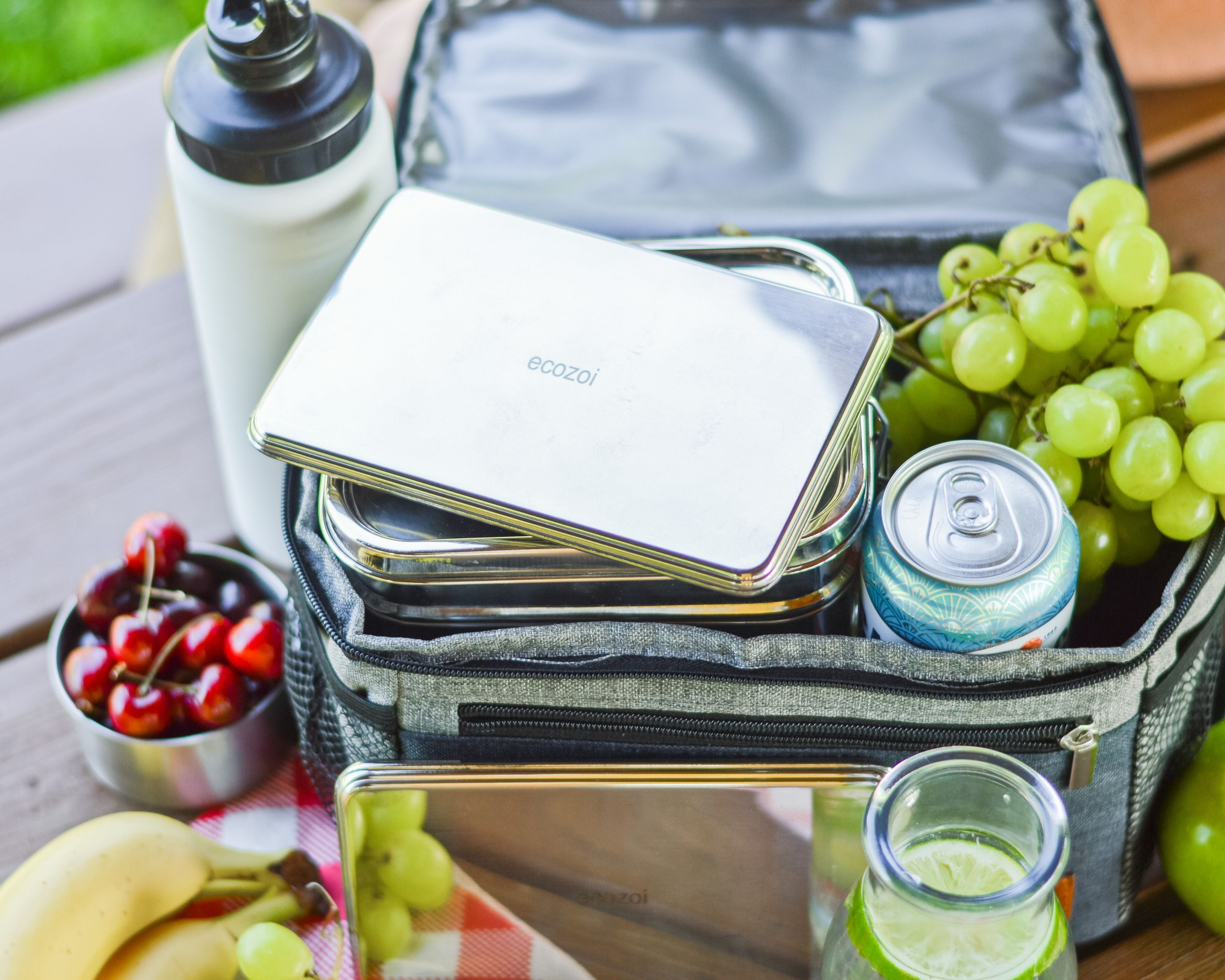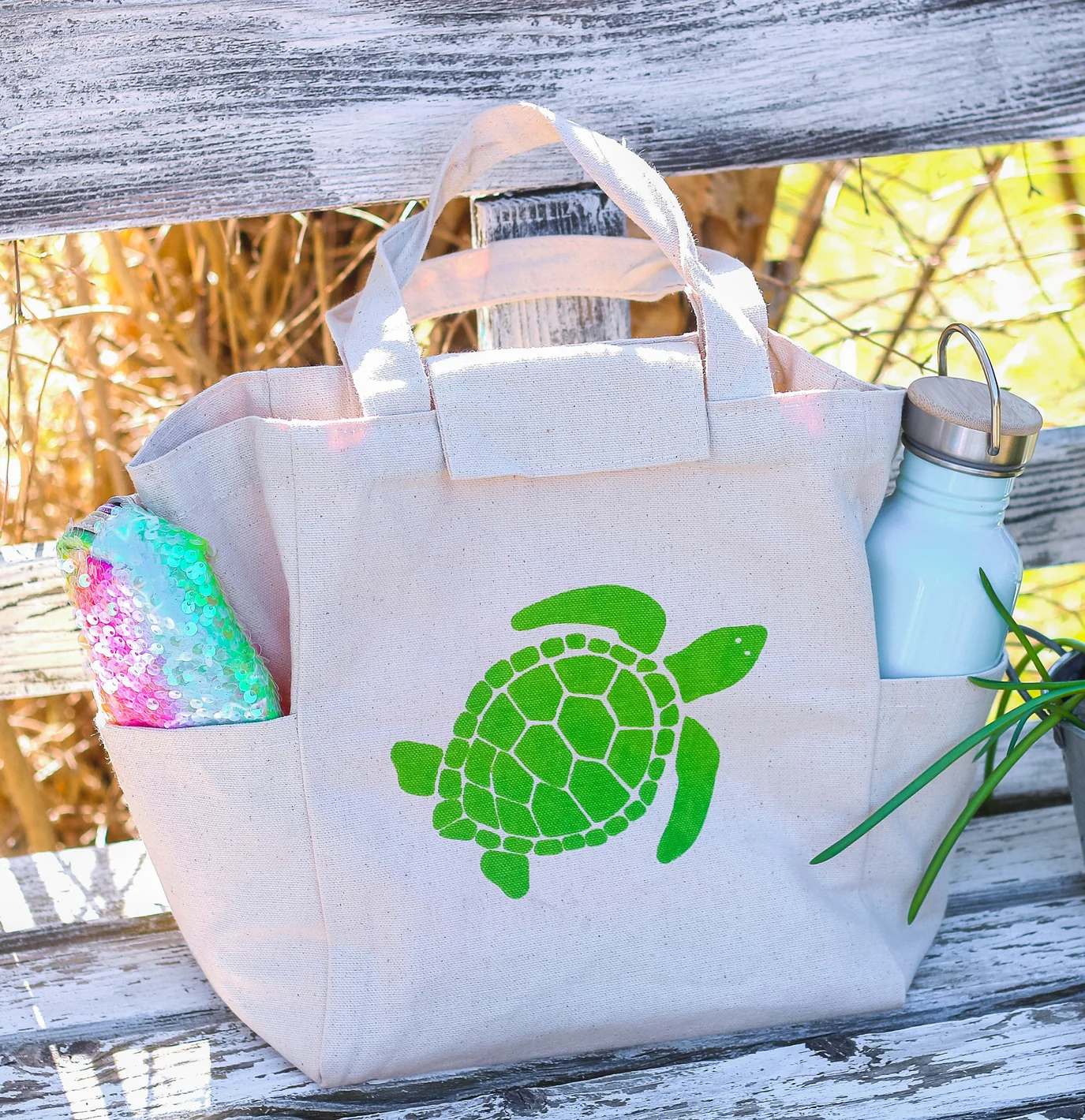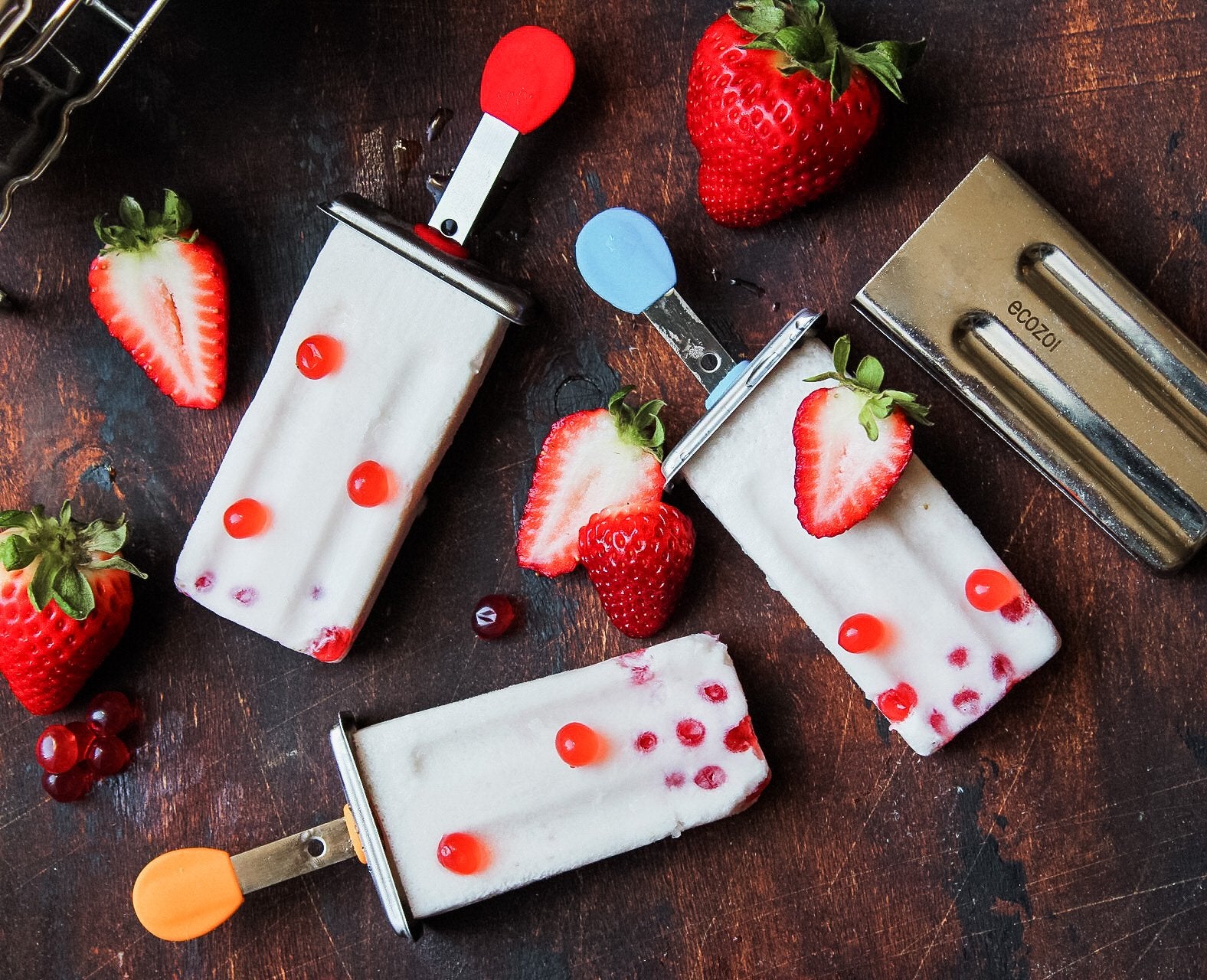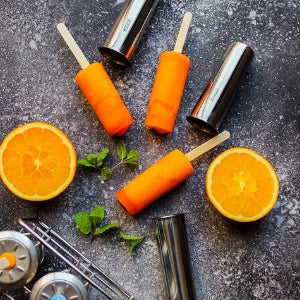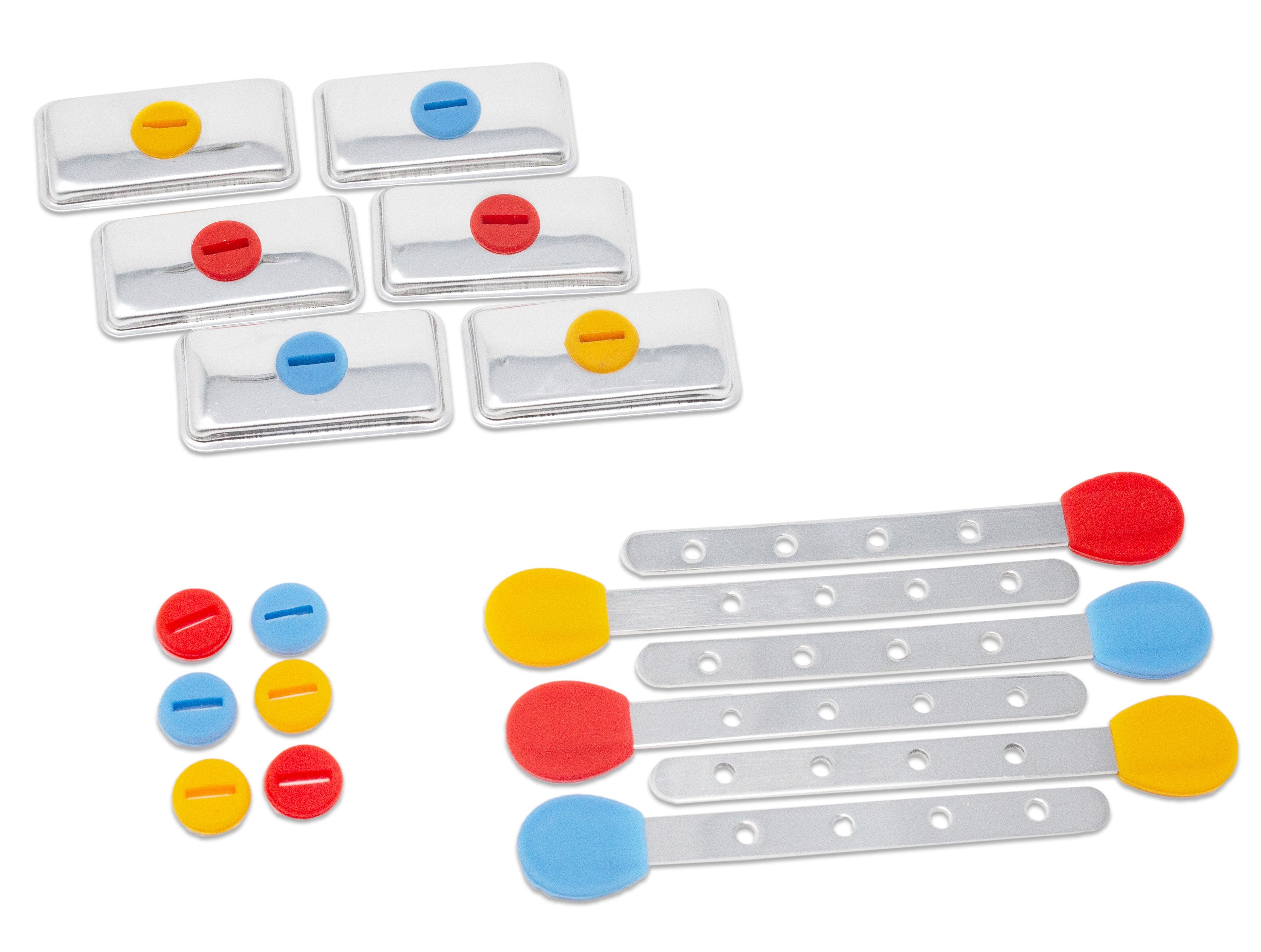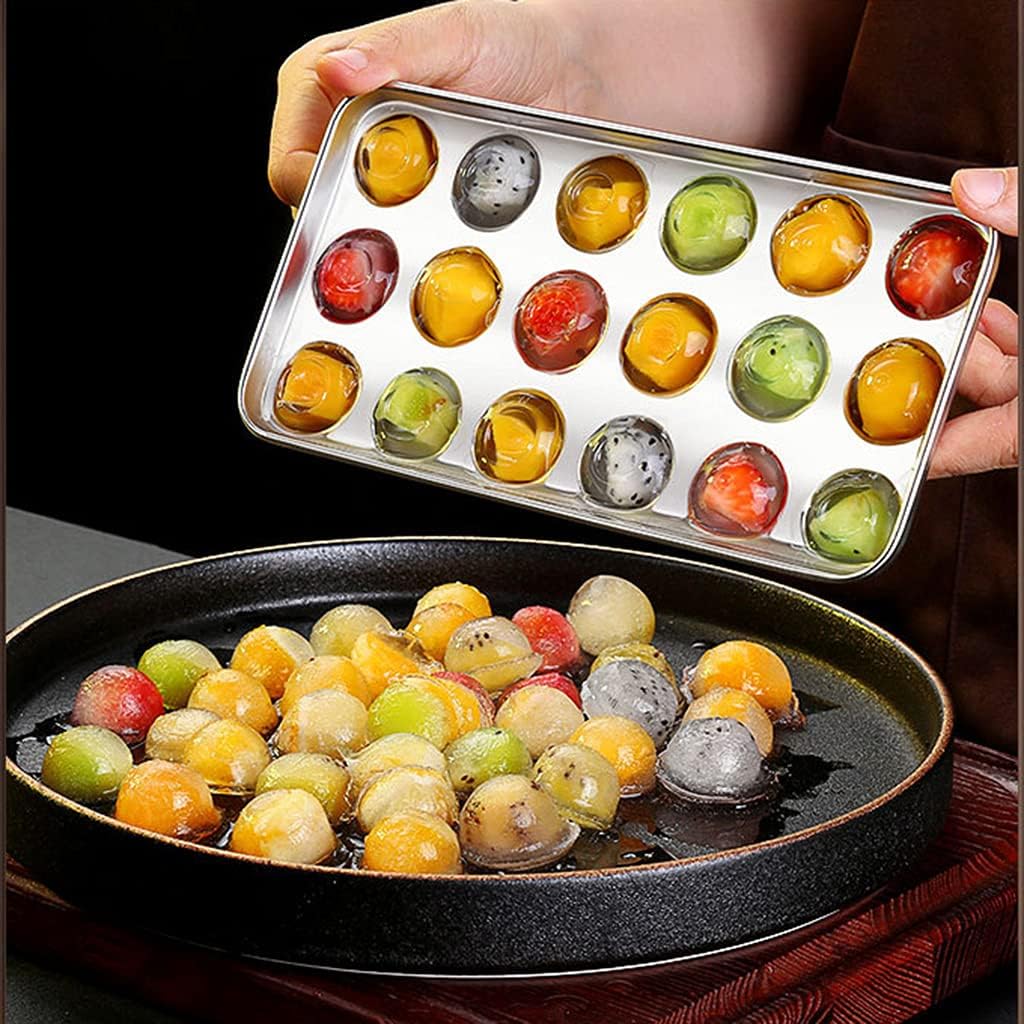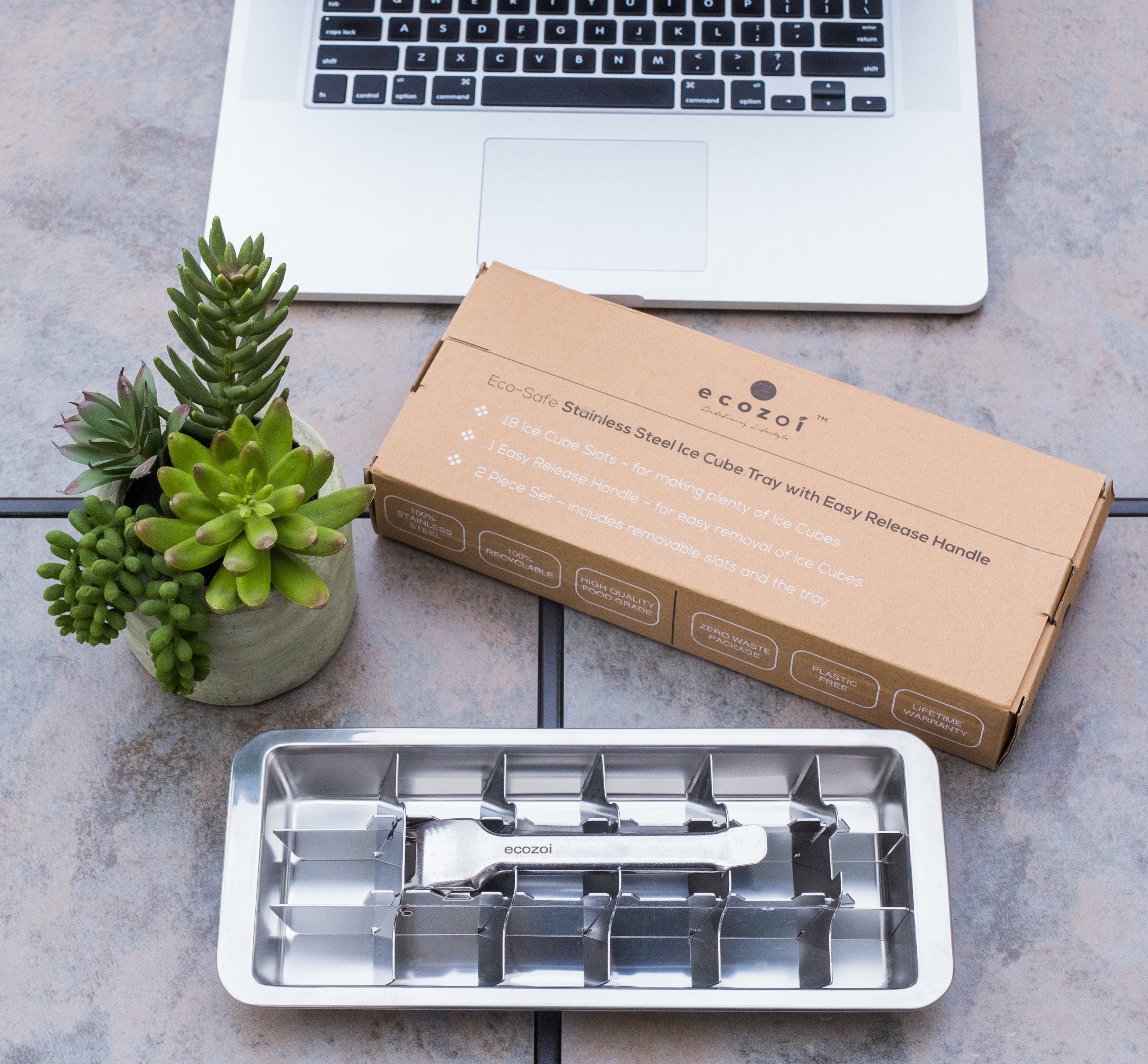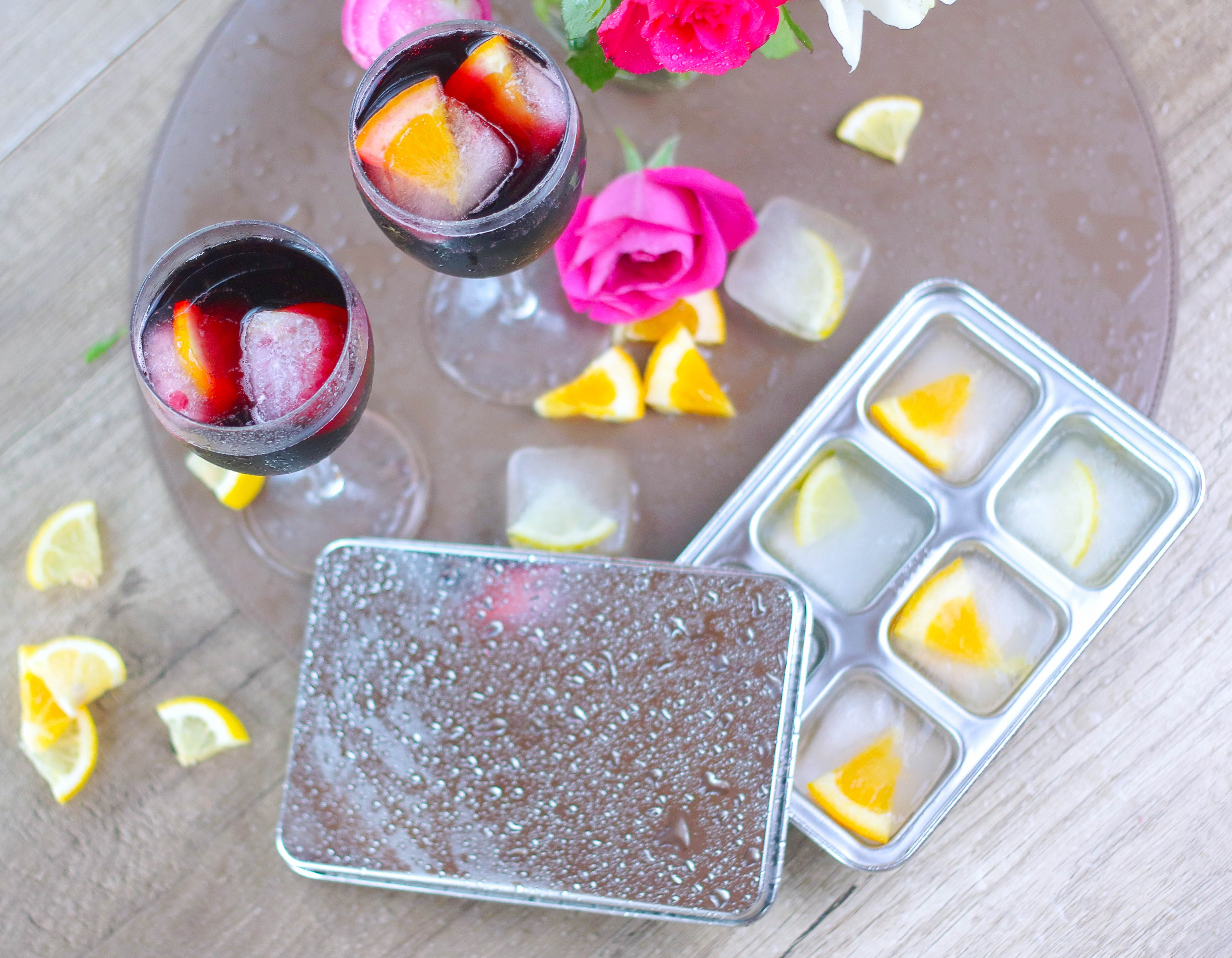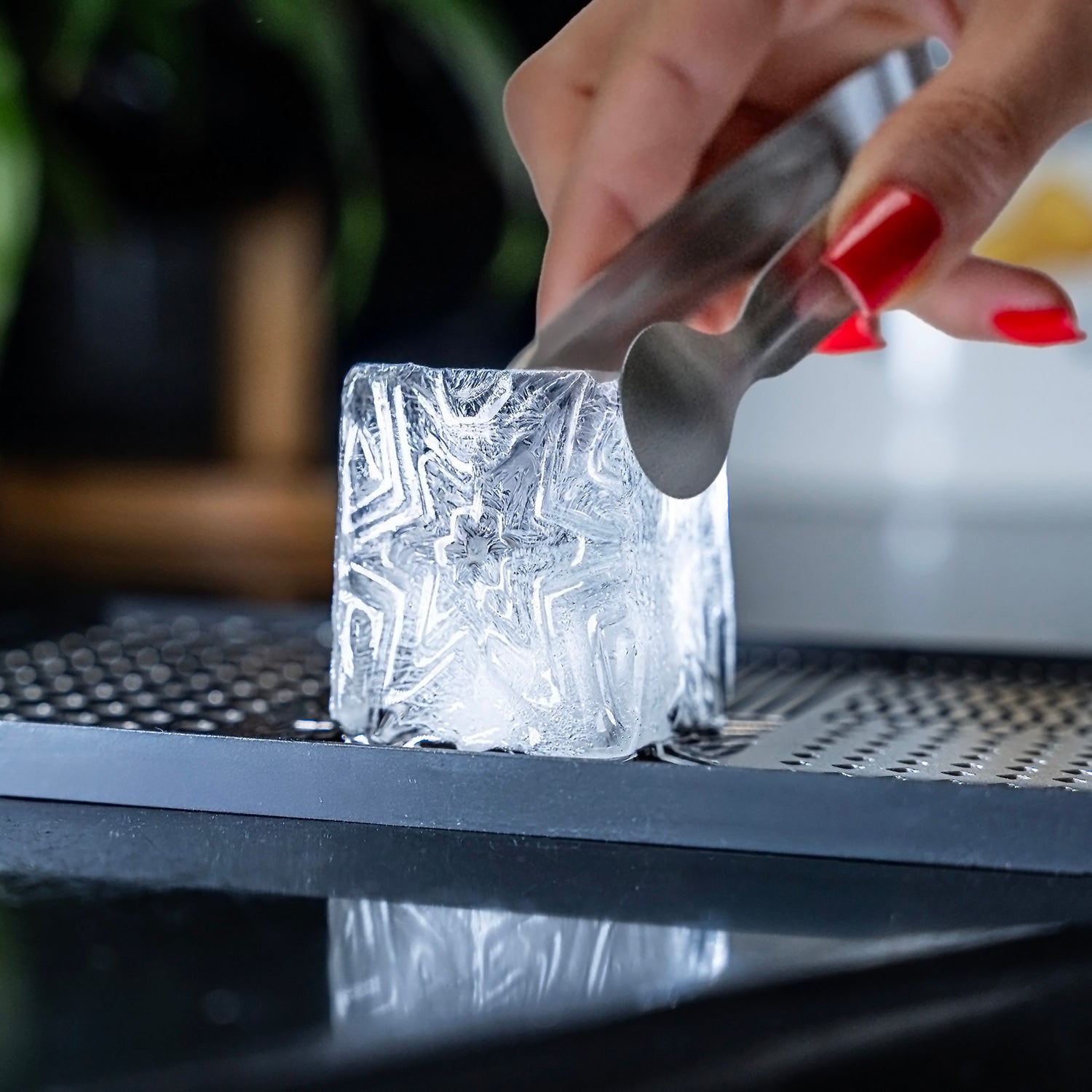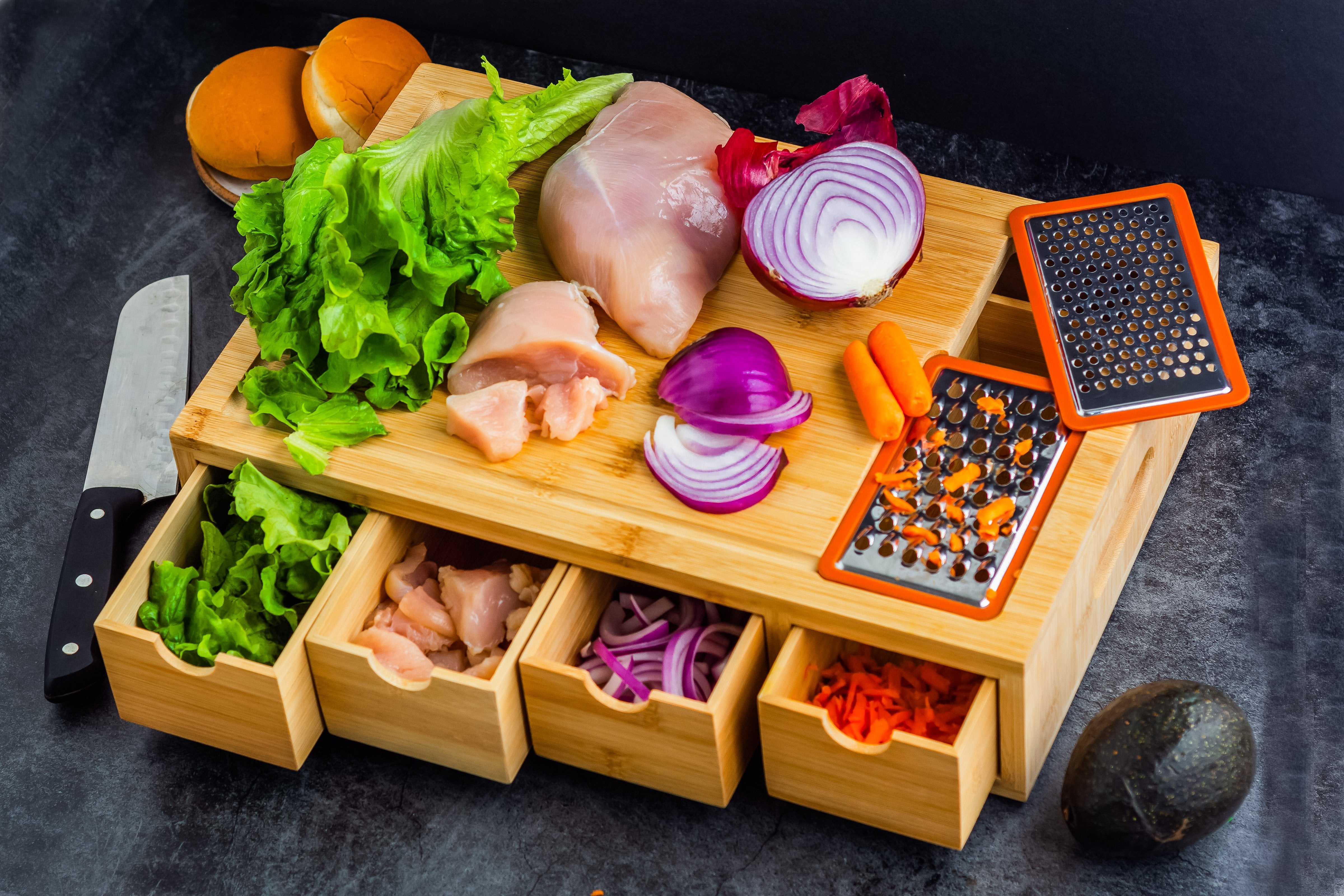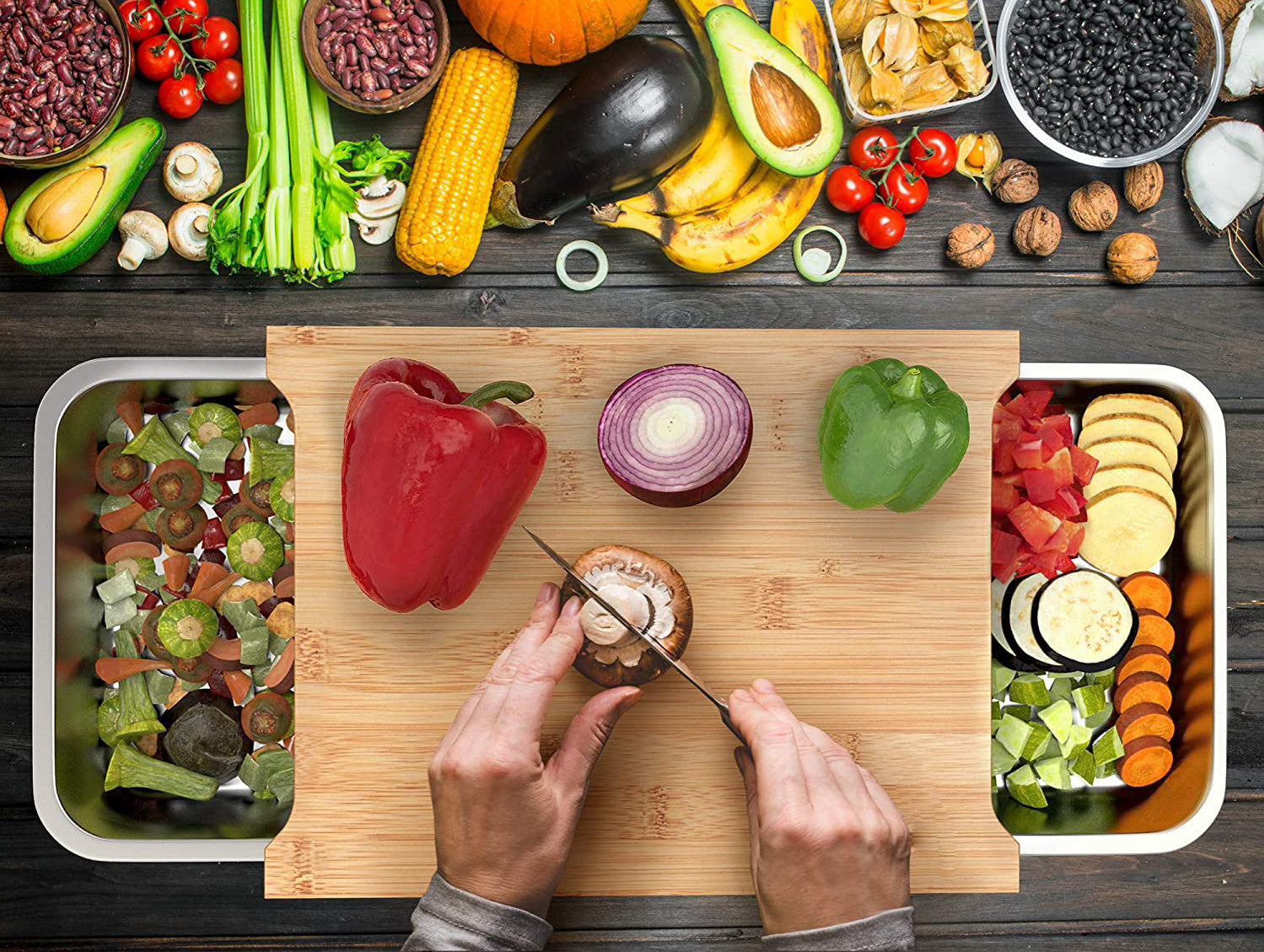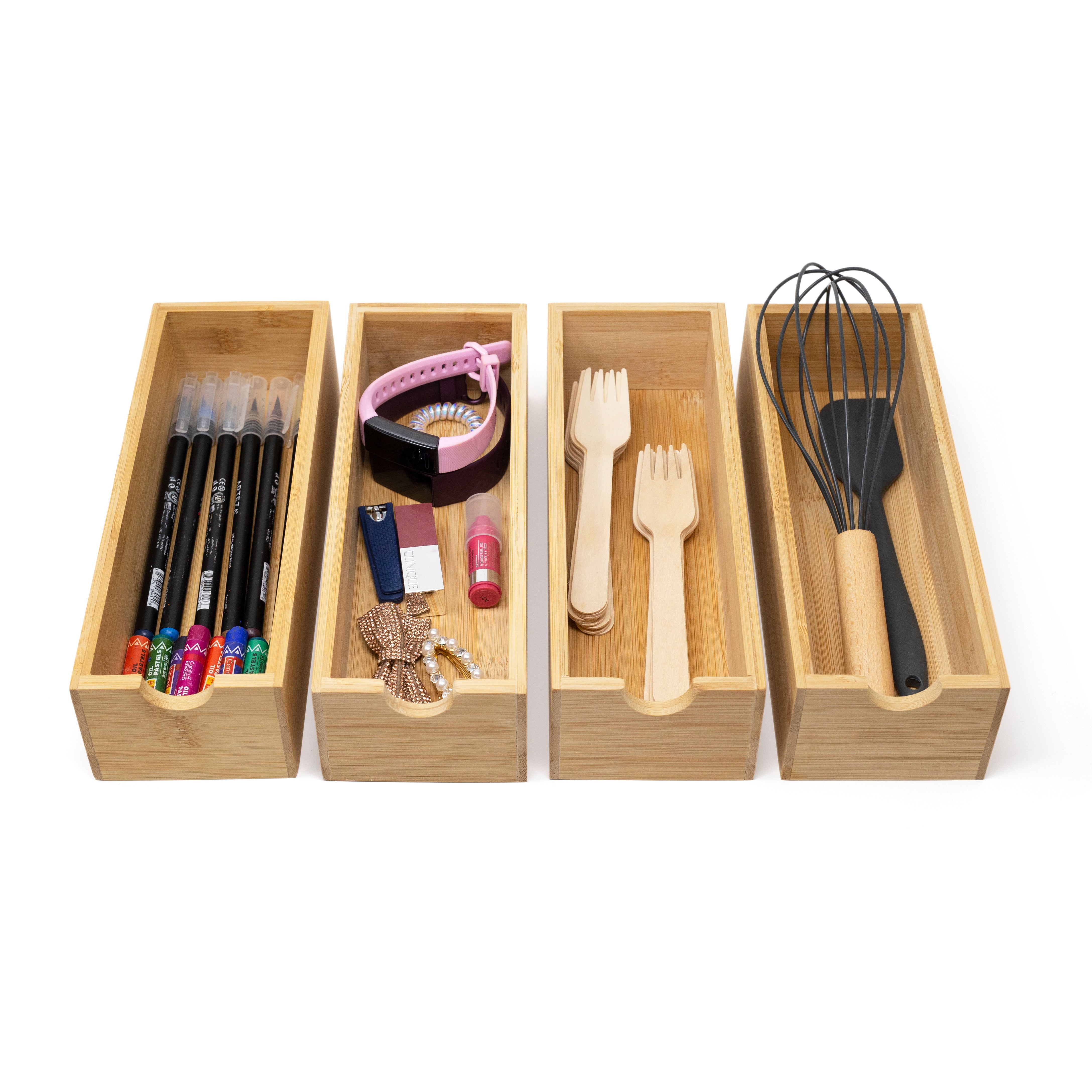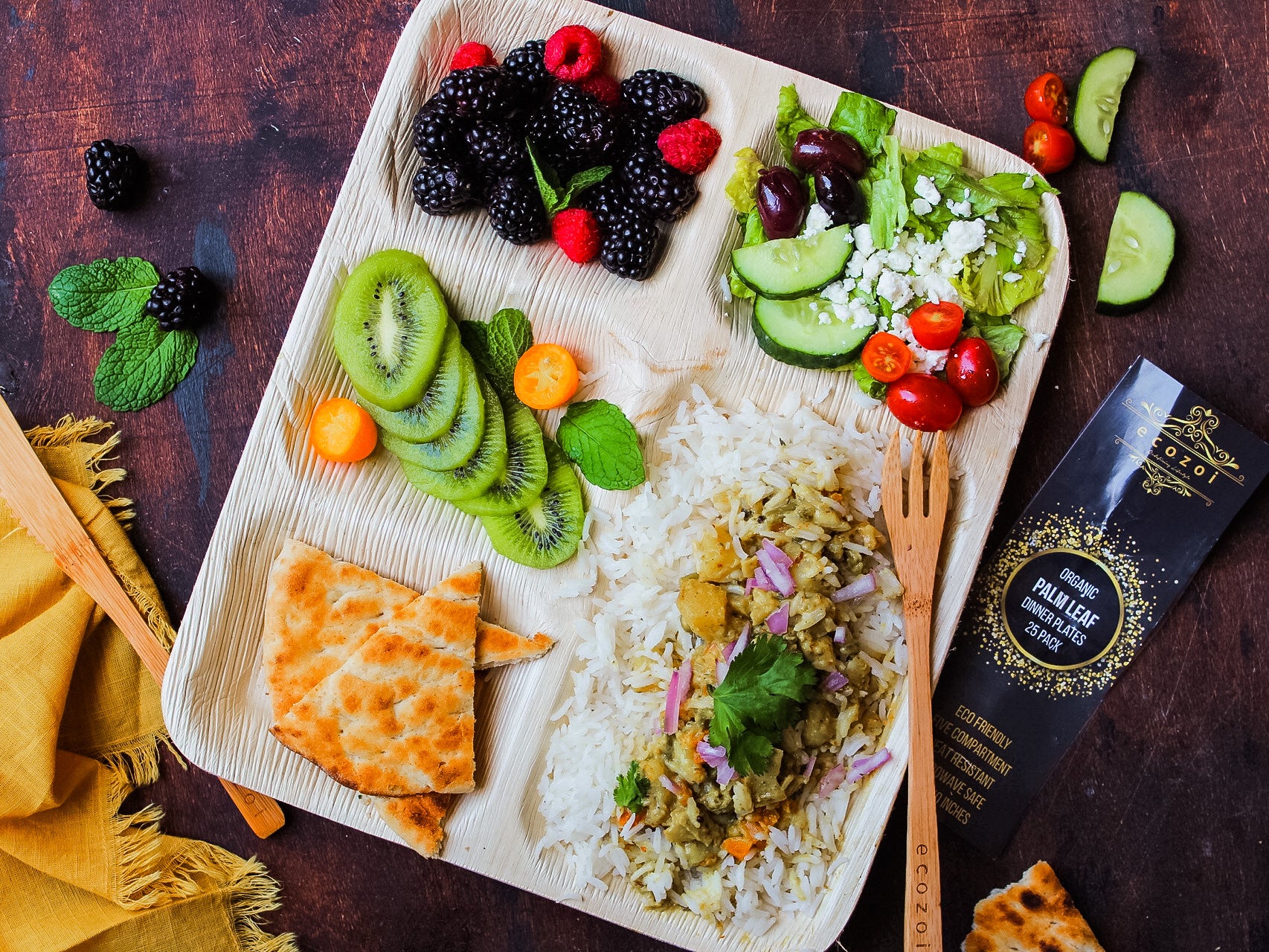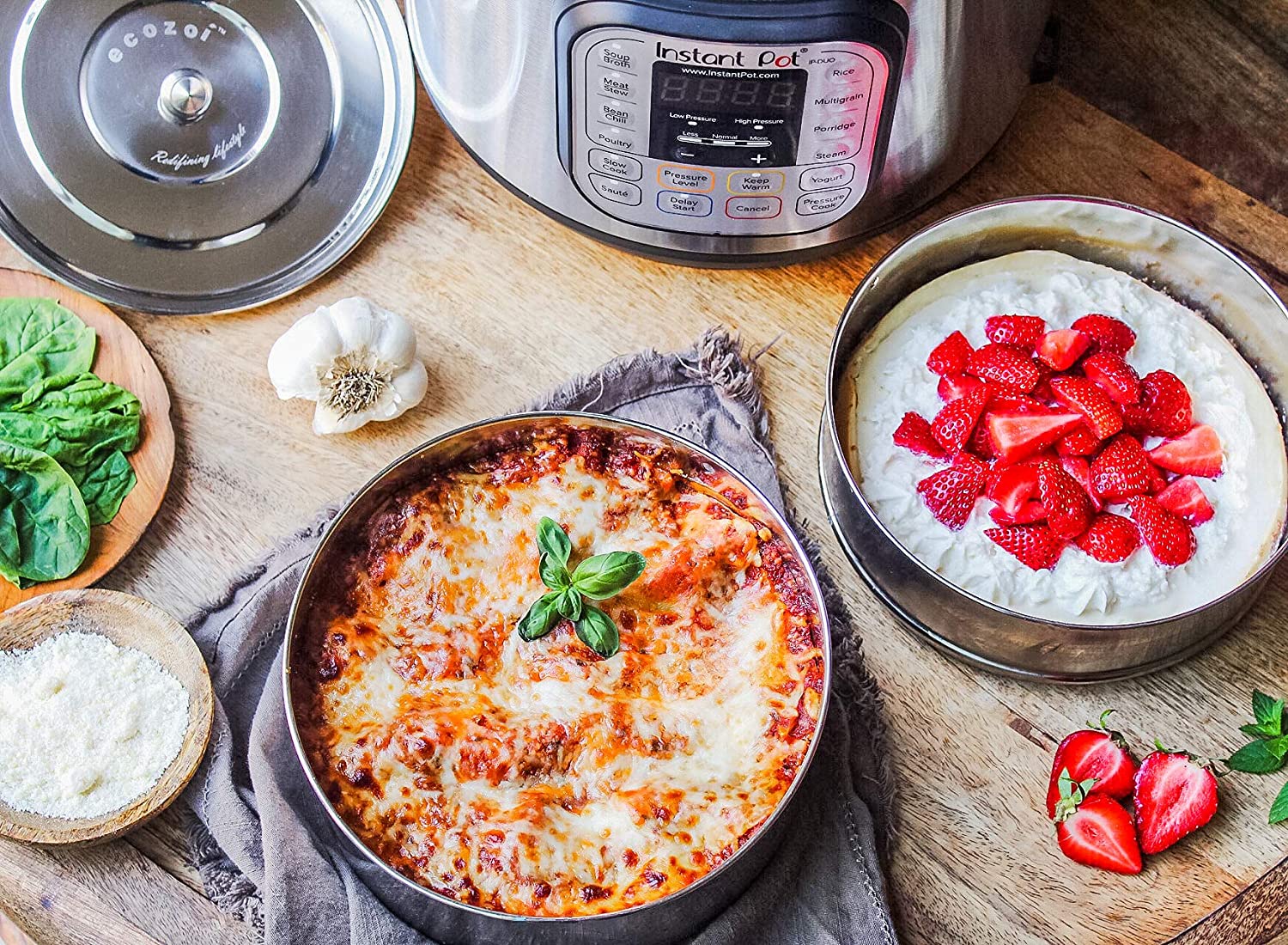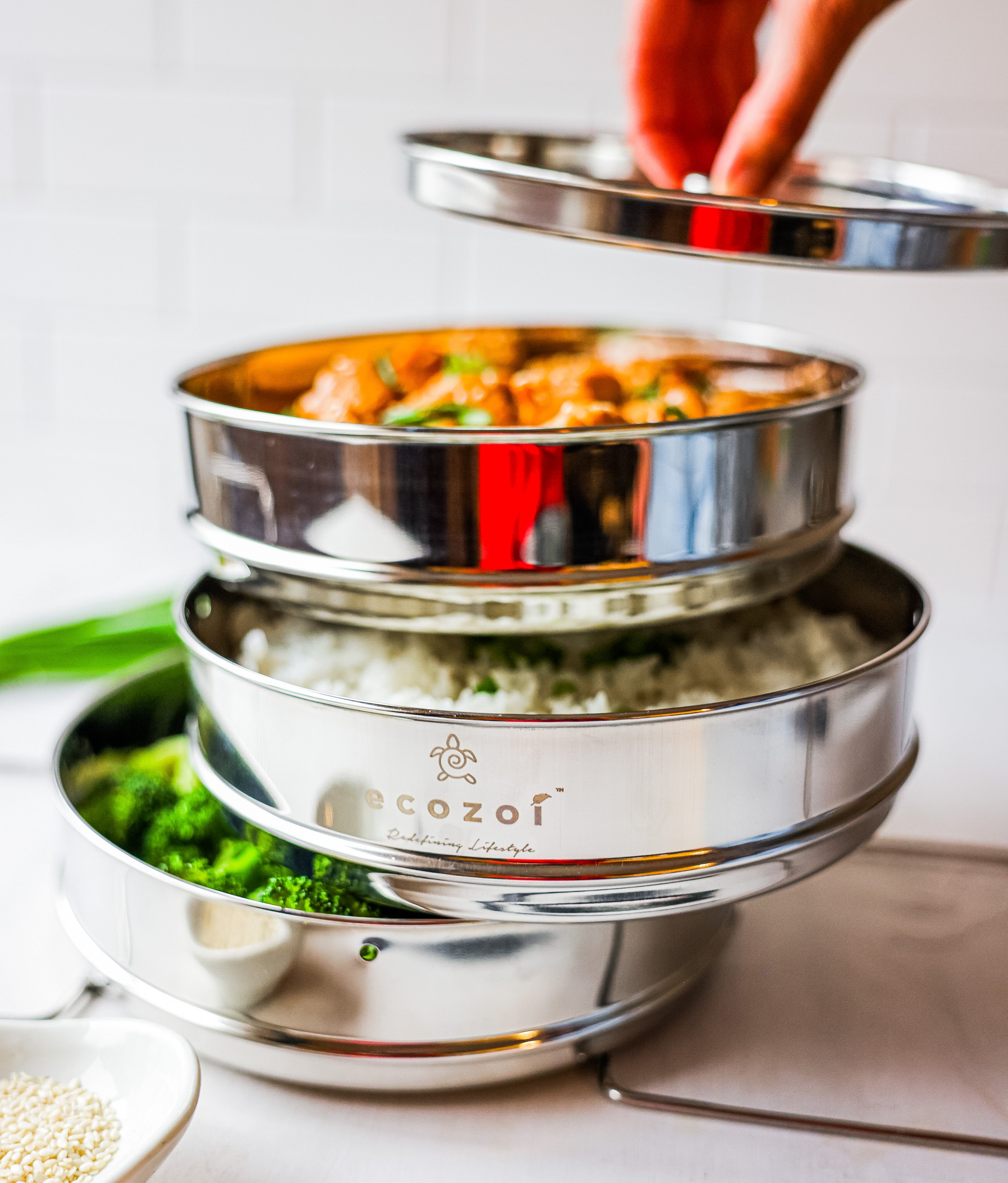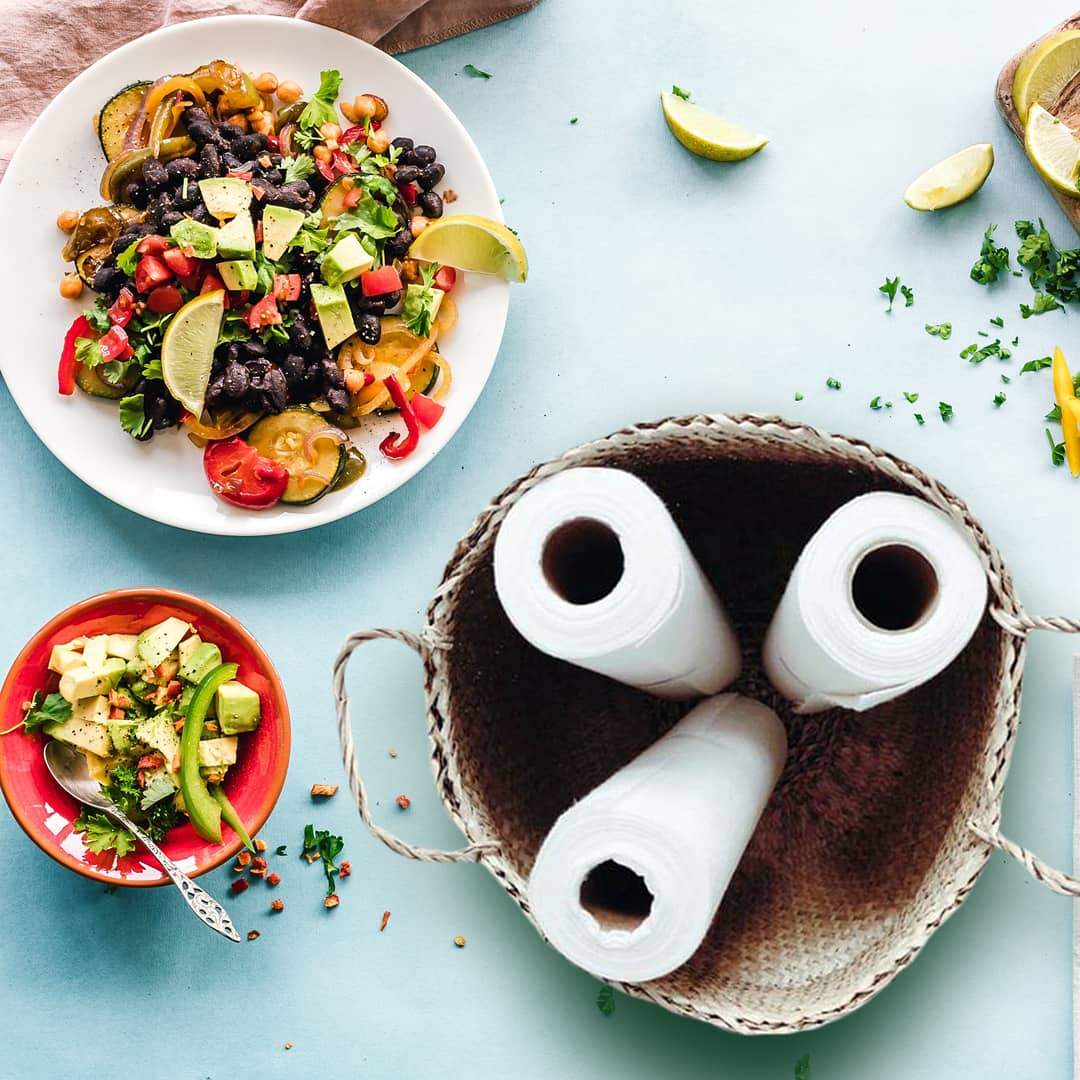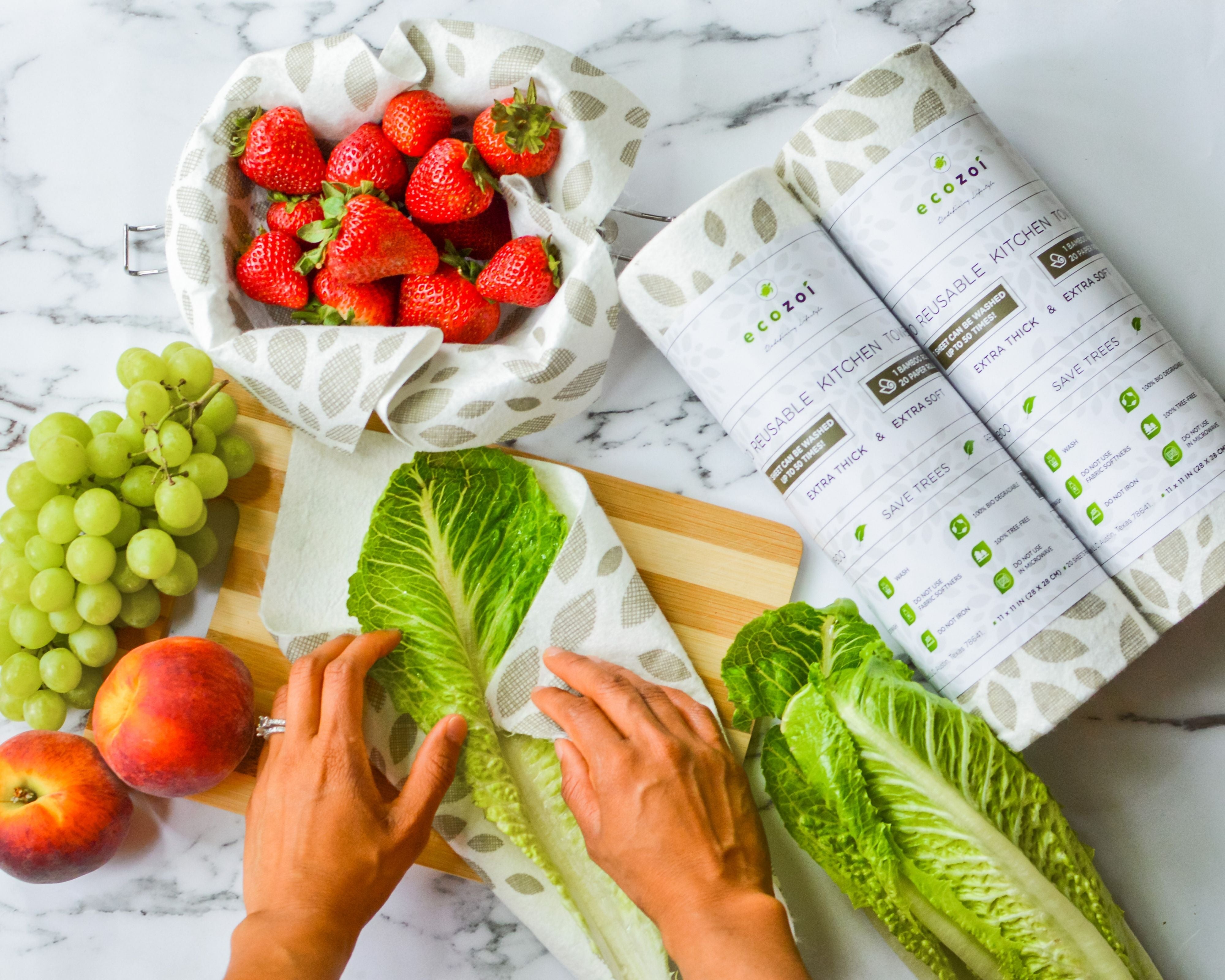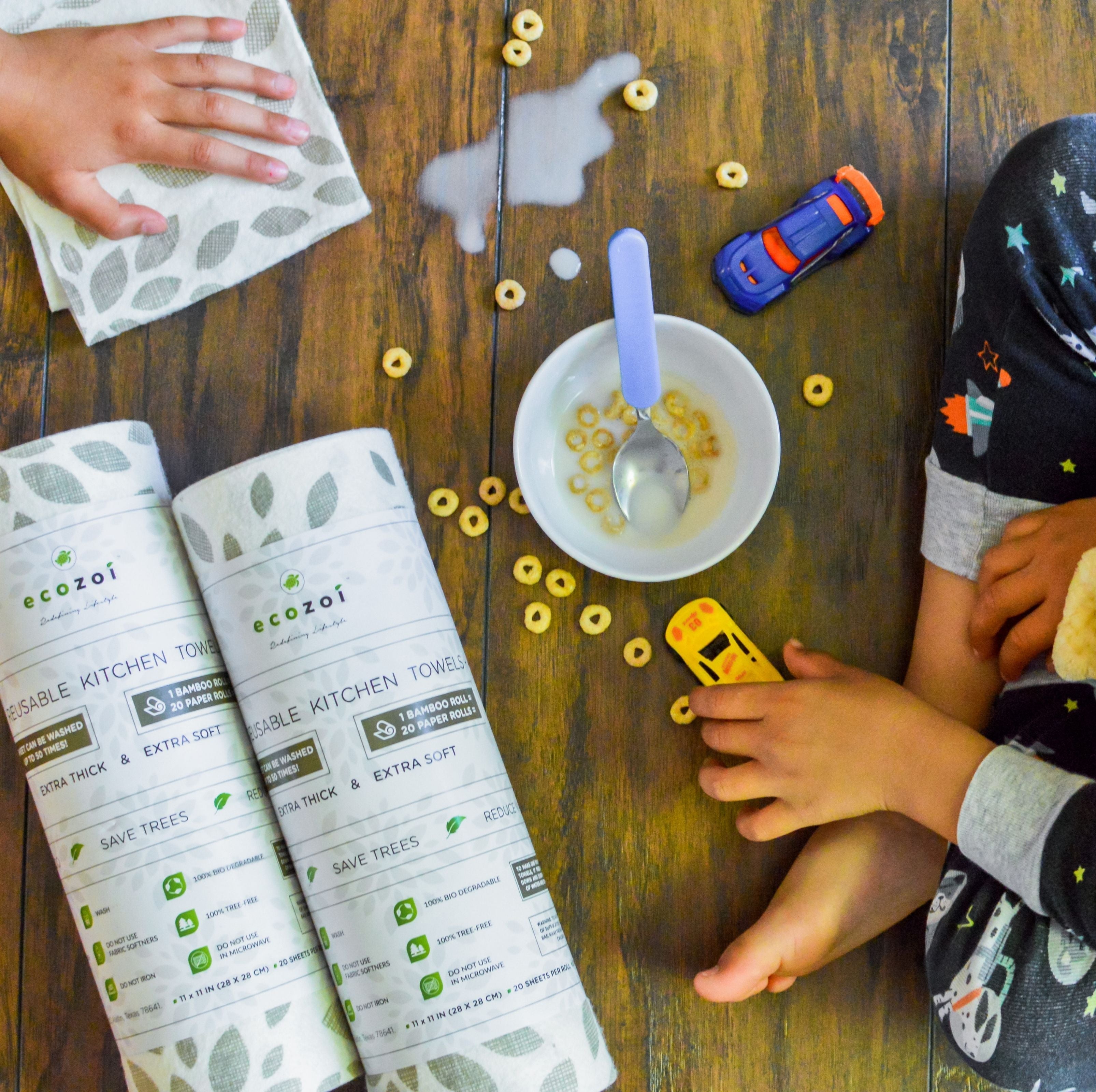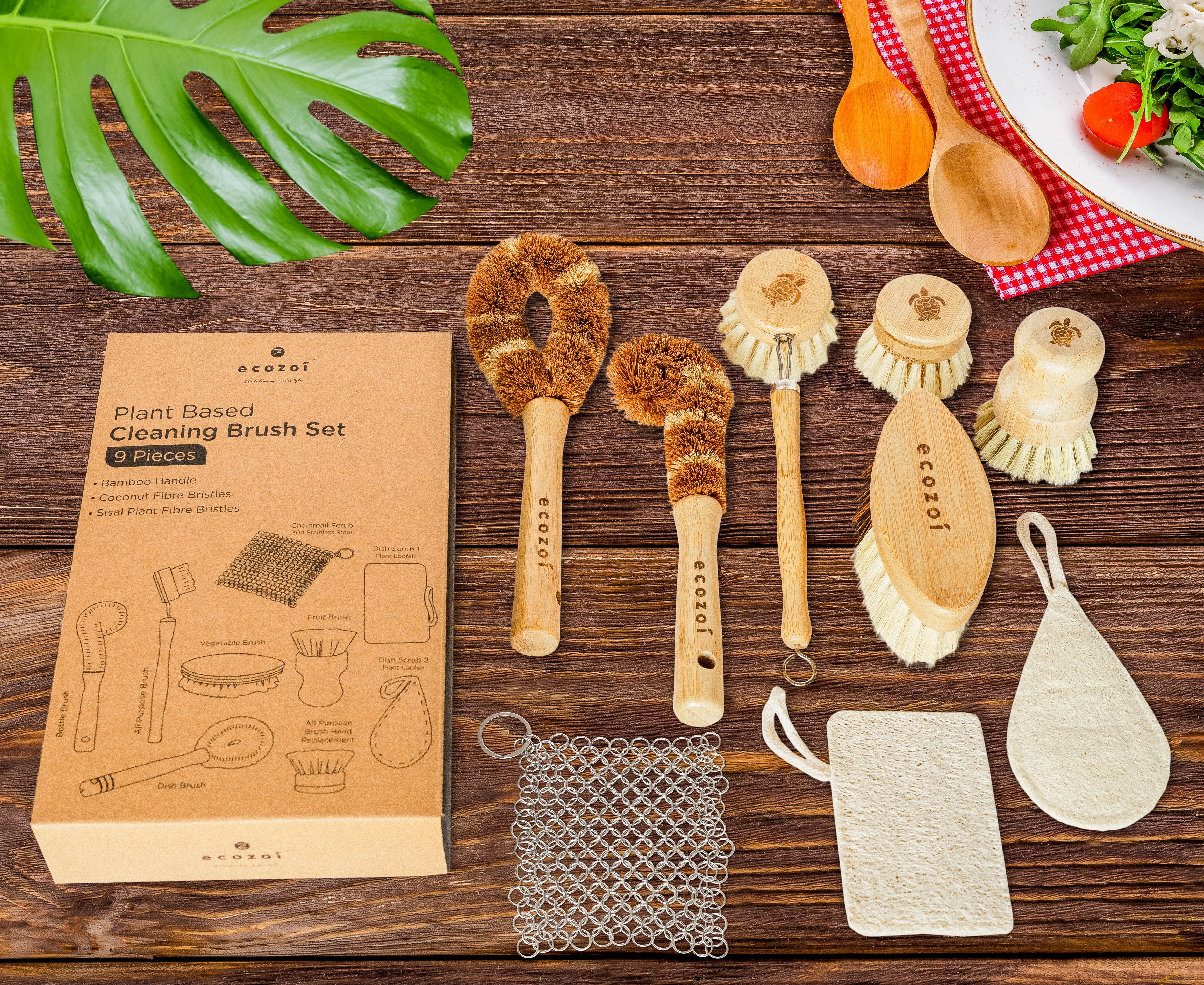Eco-Friendly Kitchen Makeovers: How to Go Plastic-Free Without Breaking the Bank
Eco-Friendly Kitchen Makeovers: How to Go Plastic-Free Without Breaking the Bank
Creating an eco-friendly kitchen isn't just a trend — it's a meaningful step toward a more sustainable and conscious lifestyle. At Ecozoi, we believe that transforming your kitchen into a plastic-free sanctuary should be affordable, practical, and deeply rewarding. In this guide, we'll walk you through how to achieve a sustainable kitchen makeover without spending a fortune.

Why Choose an Eco-Friendly Kitchen?
Every small decision we make in the kitchen — from the materials we use to the food we store — has an impact on the planet. Kitchens are notorious for generating waste, especially single-use plastics. By opting for a plastic-free kitchen, you're not only reducing your carbon footprint but also creating a healthier home environment for your family.
Beyond environmental benefits, an eco-friendly kitchen often leads to less clutter, better health, and a deeper sense of purpose. Cooking becomes more intentional, and food waste is more easily managed. Plus, teaching children sustainable habits in the kitchen can set them up for a lifetime of conscious living.
Step 1: Audit Your Current Kitchen
Before rushing out to buy new products, take a step back. Conduct a simple audit:
-
Identify single-use plastics (Ziploc bags, cling film, plastic utensils)
-
Take stock of reusable, sustainable items you already have
-
Prioritize the most impactful changes first
Remember, sustainability thrives on the "use what you have" principle. Start where you are. Even small changes, like replacing plastic wrap with beeswax wrap, can have a big impact over time.
Step 2: Replace Plastics with Sustainable Alternatives
1. Food Storage Solutions
-
Swap plastic containers for stainless steel lunchboxes, glass jars, or silicone bags.
-
Use mason jars or upcycled glass jars for pantry storage.
-
Choose bamboo lids over plastic ones for an even greener upgrade.
Ecozoi Tip: Our stainless steel containers are perfect for leftovers, meal prep, and even school lunches! They’re durable, easy to clean, and 100% plastic-free.
2. Ditch Disposable Kitchenware
-
Replace plastic cutlery with bamboo or stainless steel utensils.
-
Switch from paper towels to reusable cloth towels or "unpaper" towels.
-
Opt for compostable sponges made from coconut fibers or cellulose.
Swapping these items not only reduces plastic waste but also minimizes recurring costs. Cloth towels and sturdy utensils are long-term investments that outlast their disposable counterparts.
3. Eco-Friendly Cleaning Supplies
-
Make DIY cleaning solutions using vinegar, lemon, and baking soda.
-
Store cleaners in refillable glass spray bottles.
-
Choose compostable scrubbers and wooden brushes.
Commercial cleaning supplies often come in plastic packaging and contain harsh chemicals. DIY alternatives are not only safer for your family but also much cheaper.

Step 3: Shop Smart and Secondhand
Going plastic-free doesn't mean you need a complete kitchen overhaul. Budget-conscious sustainability is about smart choices:
-
Thrift stores often carry glass jars, cast iron pans, and ceramic dishes.
-
Buy from local artisans: Handmade goods are often higher quality and support small businesses.
-
Check online marketplaces for secondhand or upcycled kitchenware.
Supporting artisans and reusing existing goods helps keep items out of landfills and supports a circular economy. It’s a win-win for your wallet and the planet.
Step 4: Invest in Multi-Use Items
Choosing versatile, durable products is key for an eco-friendly kitchen.
-
Cast iron pans can last generations and replace non-stick cookware.
-
Stainless steel measuring cups and multi-size stackable containers streamline storage.
-
Beeswax wraps can replace plastic wrap for storing fruits, veggies, and sandwiches.
Ecozoi Tip: Investing in a few high-quality staples will save you money (and waste) in the long run. Focus on items that serve multiple functions and stand the test of time.
Step 5: Mindful Food Practices
Your kitchen makeover isn't just about objects; it's about habits too.
-
Buy in bulk to avoid excessive packaging.
-
Support local farmers markets — they often use less plastic.
-
Grow your own herbs on a sunny windowsill to cut down on store-bought plastic containers.
-
Compost food scraps to reduce landfill waste.
Being mindful of how food is sourced, stored, and discarded is essential in building a truly sustainable kitchen. Every step counts.
Bonus: Small DIY Projects for a Sustainable Kitchen Makeover
Want to add a personal touch? Try these affordable DIY upgrades:
-
Sew your own produce bags using scrap fabric.
-
Refinish old furniture with non-toxic paints.
-
Create a "zero-waste" bin for recyclables and compostables.
You can also upcycle items like wooden crates into spice racks or use vintage tins as utensil holders. These projects personalize your space while promoting sustainability.
Energy Efficiency in the Eco-Friendly Kitchen
Energy use is a huge part of a kitchen's environmental footprint. Make sure your appliances are energy-efficient:
-
Unplug devices when not in use.
-
Switch to LED lighting for lower energy consumption.
-
Use a pressure cooker or induction cooktop to reduce cooking time and energy use.
-
Keep your fridge full: a full fridge uses less energy than an empty one.
Consider these upgrades over time as your budget allows. They pay off in lower utility bills and reduced emissions.

Common Myths About Plastic-Free Kitchens
Myth 1: It's too expensive.
Reality: Transitioning can be gradual and often saves money over time. Many swaps involve reusable items that last for years.
Myth 2: It's inconvenient.
Reality: With a few mindful swaps, an eco-friendly kitchen can be even more functional.
Myth 3: It requires specialty products.
Reality: Many solutions (like glass jars and cloth towels) are already household staples.
Myth 4: Everything has to be replaced.
Reality: The most sustainable action is often to use what you already have.
Final Thoughts
A sustainable kitchen makeover isn't about achieving perfection — it's about progress. Each eco-friendly swap you make reduces waste, supports ethical craftsmanship, and inspires others to do the same. At Ecozoi, we believe that creating a plastic-free kitchen is one of the most powerful ways to nurture your family and the planet, without straining your wallet.
Every meal you prepare, every item you store, and every choice you make can be a beautiful step toward a greener future. With creativity, intention, and a few strategic swaps, you can transform your kitchen into a sustainable haven that reflects your values.
Ready to start your eco-friendly kitchen journey? Check out Ecozoi's thoughtfully designed, artisan-made kitchen essentials — perfect for conscious living on a budget.
We’d love to hear your thoughts on creating an eco-friendly kitchen. Share your insights and suggestions by participating in our Ecozoi Community Survey. Your feedback helps us continue to support sustainable living.




